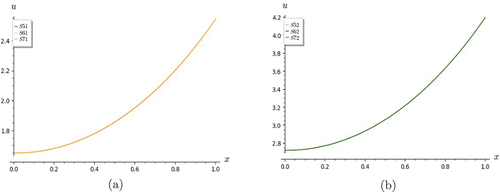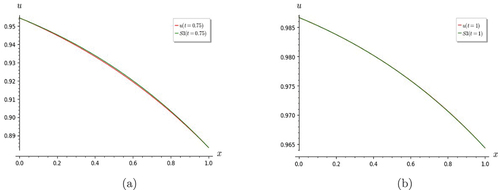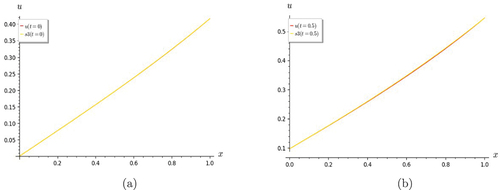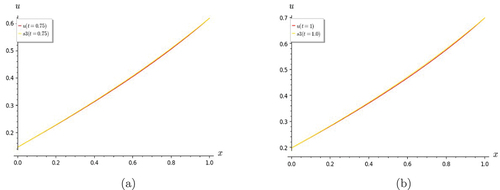Figures & data
Figure 1. Graphs of heat equation. S7 shows good convergence with the exact solution for (a) t = 0 and (b) t = 0.5.
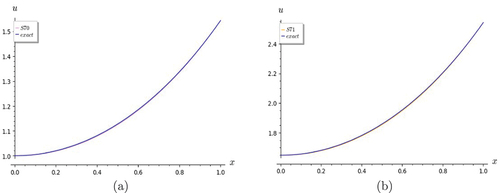
Figure 2. Graphs of heat equation. (a) shows S7 converges well with exact solution for t = 1. (b) figure shows convergence of partial sums S5, S6 and S7 for t = 0.
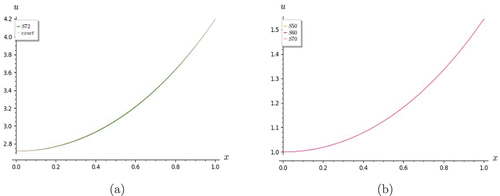
Table 1. Linear and homogeneous telegraph equation
Figure 4. Graphs of Lin and Hom Telegraph Equation. S7 shows a good rate of convergence with the exact solution for (a) t = 0 and (b) t = 0.5.
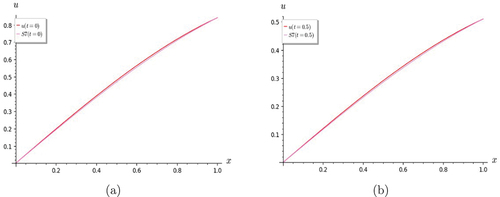
Figure 5. Graphs of Lin and Hom Telegraph Equation. (a) S7 shows good convergence with the exact solution for t = 1.0; (b) the partial sums S3, S5 and S7 are in good agreement for t = 0.
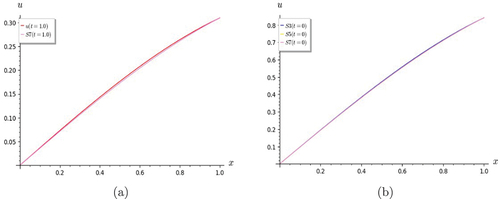
Figure 6. Graphs of Lin and Hom Telegraph Equation. The partial sums S3, S5 and S7 are in good agreement for (a) t = 0.5 and (b) t= 1.
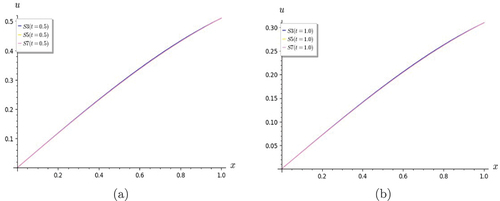
Figure 7. Graphs of Lin and Hom KG equation. S7 shows good rate of convergence with the exact solution for (a) t = 0 and (b) t = 0.5.
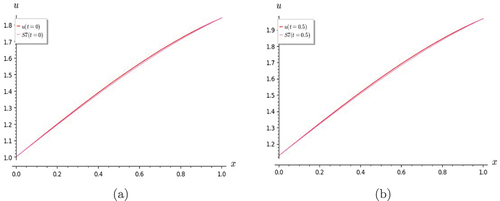
Figure 8. Graphs of Lin and Hom KG equation. (a) S7 shows good convergence with the exact solution for t = 1.0; (b) the partial sums S3, S5 and S7 are in good agreement for t = 0.
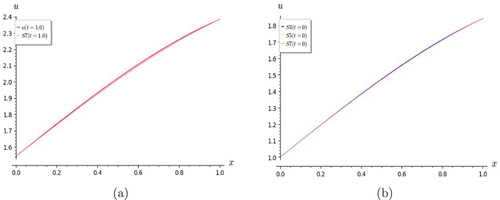
Figure 9. Graphs of Lin and homogeneous KG equation. The partial sums S3, S5 and S7 are in good agreement for (a) t = 0.5 and (b) t = 1.

Figure 10. Graphs of Lin and non-homogeneous telegraph equation. Comparison of S7 with the exact solution for (a) t = 0 and (b) t = 0.5.
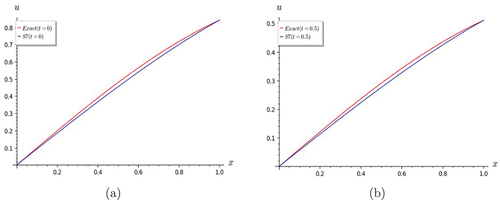
Figure 11. Graphs of Lin and non-homogeneous telegraph equation. S7 shows good convergence with the exact solution for (a) t = 1.0 and (b) t = 2.0.

Figure 12. Graphs of Lin and non-homogeneous telegraph equation. S7 shows good convergence with the exact solution for (a) t = 5.0. (b) The partial sums S3, S5 and S7 converge when t = 0.
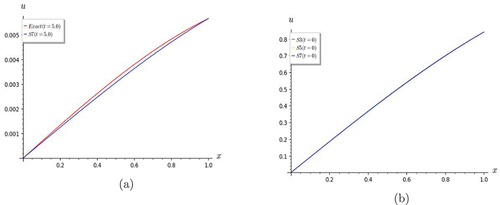
Figure 13. Graphs of Lin and non-homogeneous telegraph equation. The partial sums S3, S5 and S7 converge at .
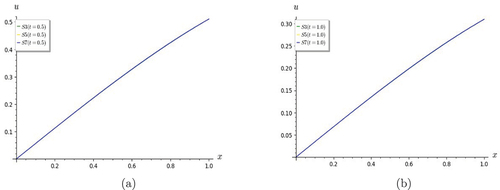
Figure 14. Graphs of nonlinear and non-homogeneous telegraph equation. S4 converges very well with the exact solution when .
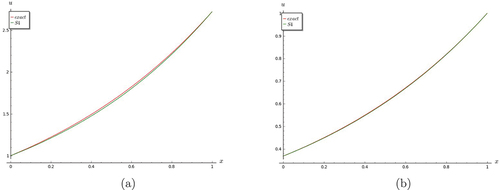
Figure 15. Graphs of nonlinear and non-homogeneous telegraph equation. (a) S4 converges very well with the exact solution when t = 1.0. (b) shows that partial sums S3 and S4 converge when t = 0.
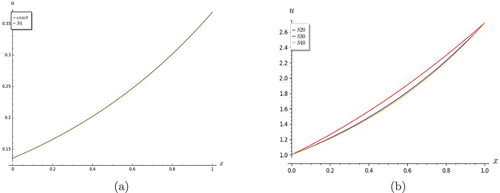
Figure 16. Graphs of nonlinear and non-homogeneous telegraph equation. Partial sums S3 and S4 converge when (a) t = 0.5 and (b) 1.0.
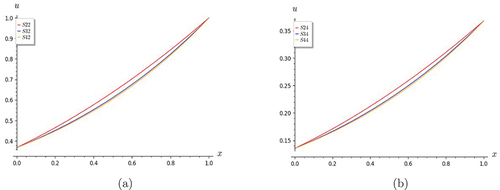
Figure 17. Graphs of Fisher equation. (a) S3 deviates slightly from the exact solution for t = 0.25.(b) the convergence of S3 to is seen to be improving when
, as found in the subsequent graphs for the equation.
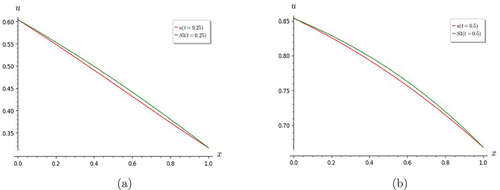
Figure 19. Graphs of Fisher equation. As t gets larger, the convergence of S3 with is seen to improve at (a) t=2, and (b) t=5.
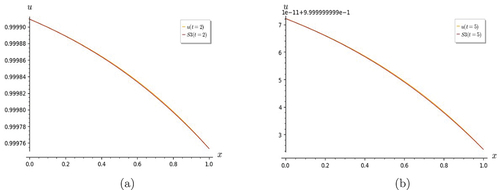
Figure 20. Fishers Eqn.-graphs of Fisher equation showing that S3 converges to S4 at (a) t=0.5, and (b) t=1.
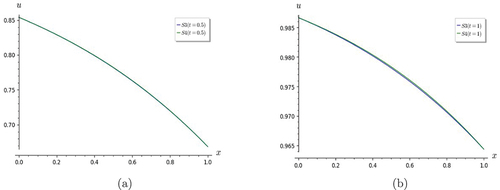
Data availability statement
No data were used to support the study.

